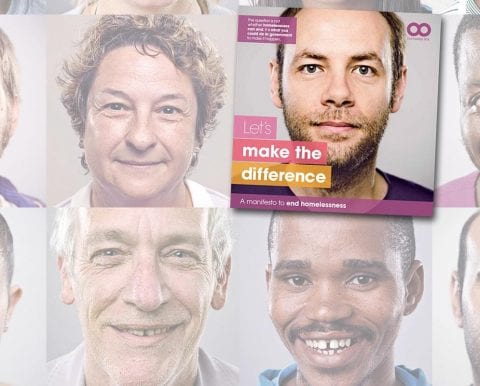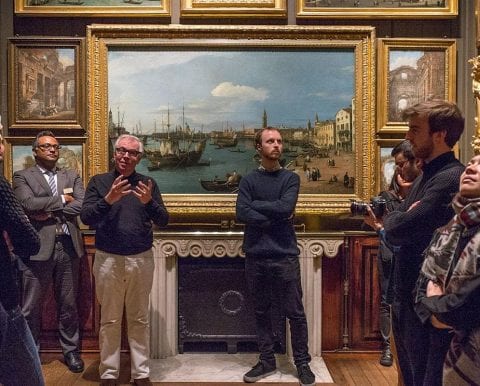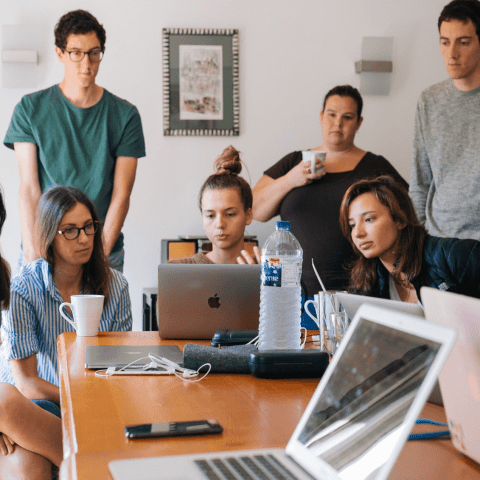The right time to begin thinking about accessibility is at the very start — before you even write a single line of code.
From Digital R&D Fund for the Arts - Making Digital Work: Accessibility, Report by Arts Council England, Nesta and the Arts and Humanities Research Council
What some of our clients say
Un.titled's expertise and understanding were invaluable when we were redeveloping our Homeless England directory. From UX design through to technical development, their team quickly grasped an understanding of what we were looking for.
Gareth Thomas, Information manager
Un.titled have helped us through the journey using their understanding of the museum and heritage sector as well as their technical skills and experience and are now a trusted partner helping us to continue to develop our online user offering.
Xanthe Arvanitakis, MD of Soane Museum Enterprises
Want to find out more?
At Un.titled, we have dramatically improved the accessibility score of dozens of our client sites, achieving AA standards and accessibility scores close to 100%. To help achieve this, we take a structured, research-driven approach that taps into our vast experience within the Un.titled team, while actively striving to improve our methodology. Accessibility is a constantly evolving practice that requires us to keep up with all the latest standards and innovations.
Accessibility is embedded throughout our whole website development process, starting well before any line of code is written:
— The Insight phase helps us find out more about your users and their accessibility needs
— Our signature UX workshops look at user needs as well as user journeys and how they can be improved with disabled users in mind
— The Design phase is often the busiest for accessibility: from validating your brand assets, typography and colour palette to developing novel interactions specific to your project and audience
— The Build phase allows us to focus on both how the code which drives the site and how the editor's workflow in the CMS prioritise best practice (for example, making image Alt and Caption fields required)
— Finally, our Testing phase incorporates multiple browsers and devices and testing tools such as Google's Lighthouse: we audit your new build for all accessibility markers as well as performance, SEO and more.
We also offer accessibility auditing and reporting as a standalone service.
Features include
In-depth auditing
In order to calculate your current accessibility level and help identify what areas need attention, we carry out in-depth accessibility audits, checking against a wide number of accessibility factors and indicators.
Report and recommendations
Once we understand what we’re dealing with and how the picture can be improved, we put together a comprehensive accessibility report. Each report covers both actionable recommendations for quick wins as well as strategic recommendations that usually require a more involved level of development work.
Extending your brand
We also carry out accessibility audits against your brand and, where necessary, we’ll help develop and extend it. For example, we look at your core colour palette, making sure colour usage, combinations and colour contrasts are both effective and accessible. With typography, we’ll make sure font rules for titles, labels, menu systems and page content are fully accessible and that font choices are driven by readability rather than just what looks good. We also take a data-driven approach to defining brand audiences, ensuring the evolution of the brand is in keeping with the audience it is there to serve.
Content and image reviews
We can also provide guidance, resources and training to help ensure your core content is accessible. Covering topics such as tone of voice, use of clear, relevant language, grammar and keyword strategy, site labelling, SEO-friendly page titling, metadata, and image alt and caption tags, we can help make your content work far harder for you.
Frequently asked questions
Whose responsibility is accessibility?
While some team members may be more skilled and experienced with its broader implications, accessibility is a shared responsibility across your entire organisation. Like "digital first" thinking, accessibility needs to be fostered as a shared value across all stakeholder positions, and yes, even trained for.
What do you mean by "accessibility is the law"?
To meet government accessibility requirements, digital services must meet level AA of the Web Content Accessibility Guidelines (WCAG 2.1) as a minimum. Sites must also work on the most commonly used assistive technologies, and people with disabilities must be included as a demographic in user research.
How is accessibility tested?
There are a vast array of accessibility related tools, approaches and regimes, and we use a combination of services and techniques to get the most complete picture. We often start with something like Google Lighthouse, which you can run in your Chrome browser and produces a number of accessibility and performance audits on any given URL. From there we might use the likes of WAVE, the Axe Chrome extension and the aChecker site, but we always augment these site reports with expert in-house analysis.
How and where should accessibility be incorporated into my website project?
Accessibility is a core part of any project, from inception through to launch, and at Un.titled we embed it throughout each practical and creative stage required to produce a website. Accessibility also needs continual testing and updating, so it’s important that your web agency supports and guides you in maintaining best practice.
What kind of results will I see?
Our work—with organisations such as Museums & Galleries Edinburgh, Broadway Cinema and The Deck at The National Theatre—has substantially enhanced the accessibility of our client websites. We regularly achieve Lighthouse scores over 98% for newly launched sites, and work with clients continually to improve not only these scores but the satisfaction of their differently-abled visitors.



